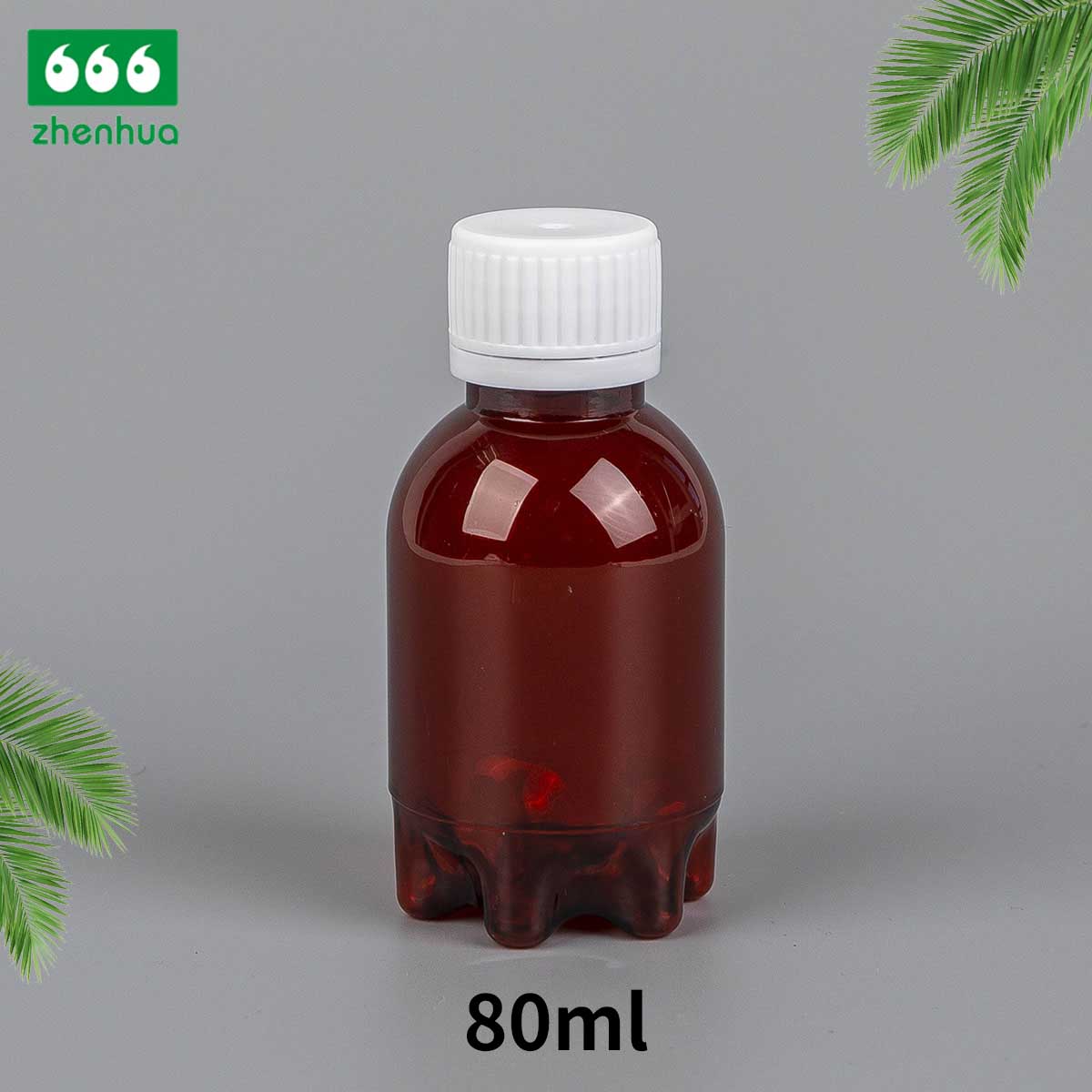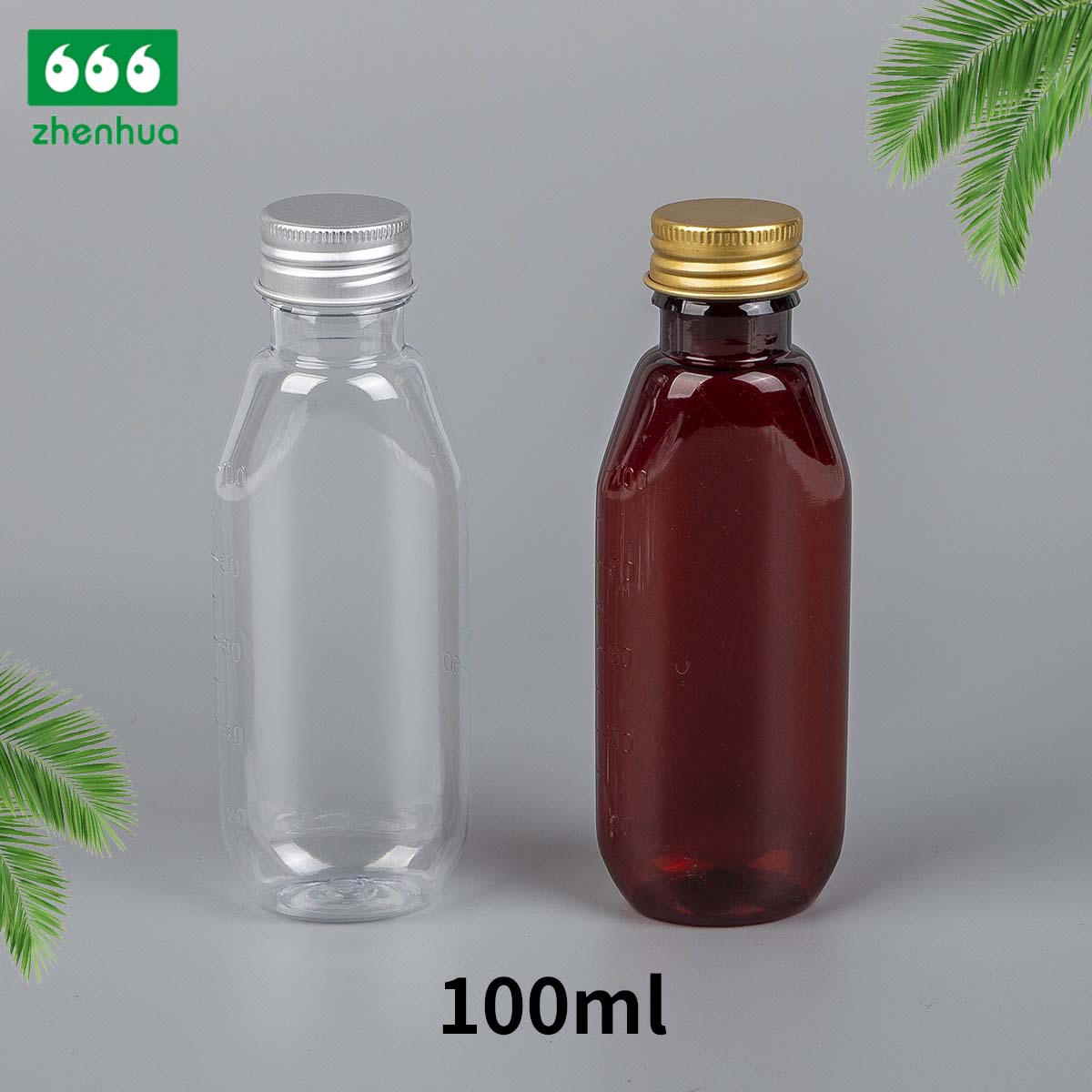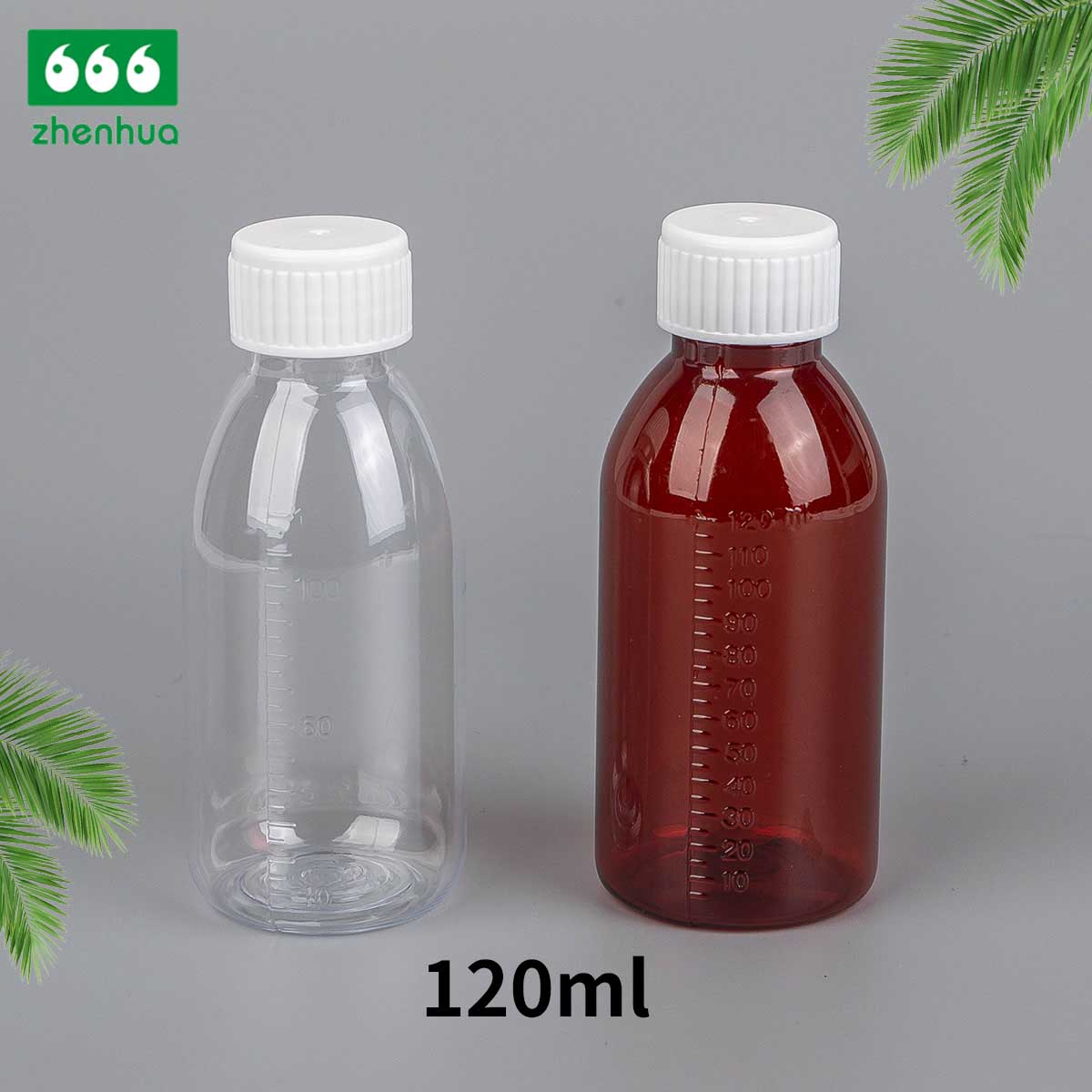What are the common materials of medical plastic bottles?
Date:2022-06-28
The basic requirements for medical plastic bottles are chemical stability and biological safety, as they need to come into contact with drugs or human bodies. Medical plastic bottle material composition can not be liquid medicine or human body precipitation, will not cause tissue and organ toxicity and damage, harmless to human body. In order to ensure the biological safety of medical plastic bottles, the medical plastic sold on the market has been certified and tested by the medical authorities to clearly inform users which trademarks are medical grade.
Here are some commonly used medical plastic bottle materials.
A, polyvinyl chloride (PVC, PVC)
PVC resin powder is white or light yellow powder, pure PVC structure is irregular, hard, brittle, allots of not applicable. Depending on the purpose, other additives can be added to provide different physical and mechanical properties for PVC plastic parts. Adding the right amount of plasticizer in PVC resin can make a variety of hard, soft and transparent products.
Hard PVC contains no or a small amount of plasticizer, has good tensile, bending, compression and impact resistance, and can be used as a structural material alone. Soft PVC contains a lot of plasticizer, flexibility, elongation at break, cold resistance increased, but brittleness, hardness, tensile strength decreased. The density of pure PVC is 1.4g/cm3, and the density of PVC plastic parts with plasticizers and fillers is usually in the range of 1.15~2.00g/cm3.
According to incomplete estimates, about 25% of medical plastic products are PVC. Mainly because of the resin's low cost, wide range of application, easy to process. PVC products used in medicine include hemodialysis pipes, respirators, oxygen inhalation pipes and so on.
Two, polyethylene (PE, polyethylene)
PE plastic is a large variety of plastic industry output, is milky white, tasteless, tasteless, non-toxic luster wax particles. Good performance, can be widely used in industry, agriculture, packaging and daily industry.
PE mainly includes low density polyethylene (LDPE), high density polyethylene (HDPE), high molecular weight polyethylene (UHDPE) and so on. HDPE polymer chain has fewer branches, molecular weight, crystallinity and density, higher hardness and strength, lower opacity, higher melting point, and is often used for injection molding parts. LDPE has many chains, low molecular weight, low crystallinity and density, high flexibility, impact and transparency, and is currently widely used as an alternative to PVC. You can also mix HDPE and LDPE based on performance requirements. UHDPE has high impact strength, friction, stress cracking and energy absorption properties, making it an ideal material for artificial hip, knee and shoulder connectors.
Three, polypropylene (PP, PP)PP colorless, tasteless, non-toxic. Looks like polyethylene, but is more transparent and lighter than PE. PP is a thermoplastic with performance, with small specific gravity (0.9g/cm3), non-toxic, workability, impact resistance, bending resistance and other advantages. It is widely used in textile cases, films, rotating boxes, wire shielding materials, toys, car bumpers, textiles, washing machines and other daily life. Medical PP has high transparency, barrier, radiation resistance, so it has been widely used in medical equipment and packaging industry. Non-pvc materials mainly PP are widely used as substitutes for PVC materials.
For more information, please call us at +86-0576-87142888 or email us at [email protected].
Tel:+86-0576-87142888
Email:[email protected]
Recommend
The Surge in Demand for Plastic Solid Medicine Bottles in the Pharmaceutical Industry
28 /02
The pharmaceutical industry is one of the most dynamic sectors in the global market, with innovation...
The Rise of the Plastic Spray Bottle in Consumer and Industrial Markets
21 /02
The global market for household products has seen rapid growth in recent years, driven by innovation...
The Growing Demand for Plastic Measuring Cups in the Global Market
14 /02
The global kitchenware industry has seen a steady rise in the demand for practical and affordable ki...

 en
en
 English
English 中文简体
中文简体.jpg)
.jpg)


1.jpg)









